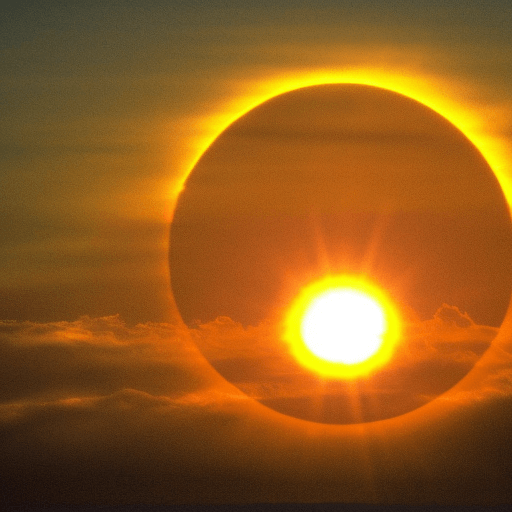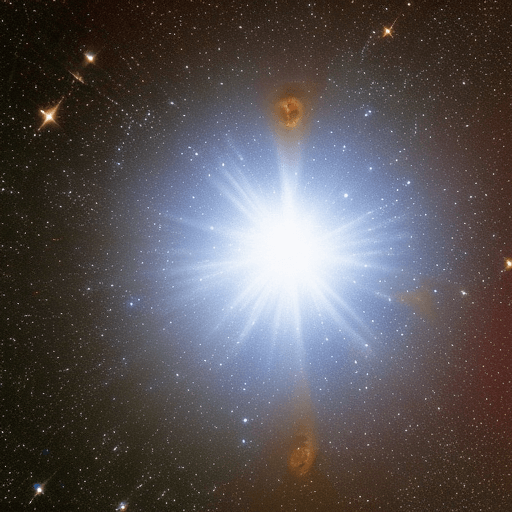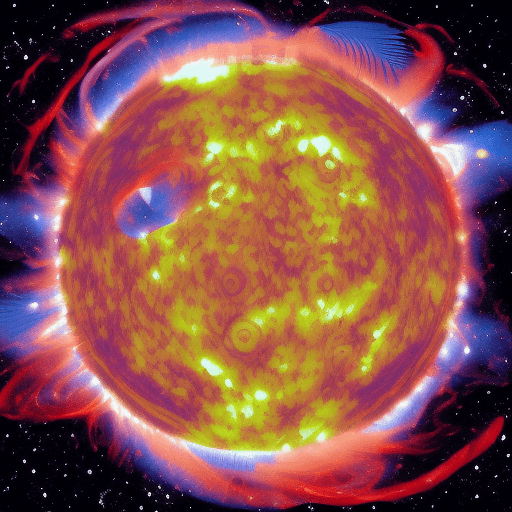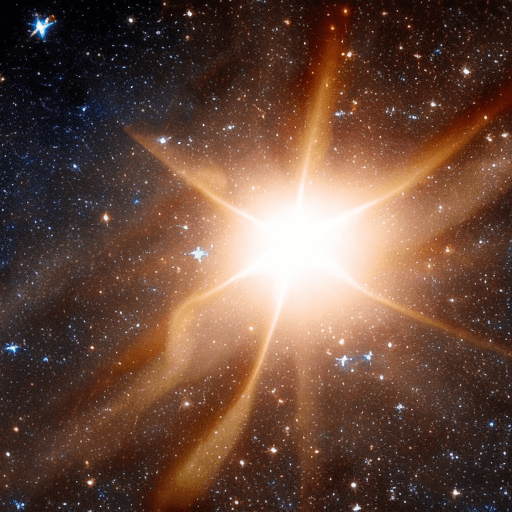Are all stars suns?
There is a lot of debate about whether or not every star is actually a sun or not.
Some people believe that only the sun is a star, while others think that all stars are suns.
Today we will break down both sides of the argument and come to a conclusion about what is really true.

No, not all stars are suns.
Explain it to a child
Most stars are suns, but not all of them. Sun is a star that has the ability to create nuclear fusion in its core.
A star is a celestial body that emits light from nuclear fusion in its core. The sun is a star, but there are many other types of stars, including binary stars, variable stars, and white dwarfs.
Are all stars suns
Most stars are suns, but not all.
A sun is a star that has the capacity to support nuclear fusion in its core.
Nuclear fusion is the process by which atoms combine to form larger atoms. This process releases a tremendous amount of energy, which powers the star and makes it shine.
However, not all stars have enough mass to initiate nuclear fusion.
These smaller stars are known as brown dwarfs.
Brown dwarfs are often mistaken for planets, but they do not have the same characteristics as the sun.
They are much cooler than suns and do not give off their own light. Instead, they simply reflect the light of the stars around them.
As a result, they appear much dimmer than the sun.
Although brown dwarfs are not technically stars, they are still an important part of our universe.
Are suns and stars the same thing?
Most people think of the sun and stars as the same thing, but they are actually quite different.

Suns are much larger than stars, and they are also much brighter.
- Stars are actually giant balls of gas
- Suns are huge balls of plasma
- Suns also have a core, where nuclear fusion takes place.
- This process releases a lot of energy, which makes the sun shine so brightly.
- Stars do not have cores, and they produce less energy than the sun. As a result, they are not as bright.
Suns and stars also have different lifespans. Suns can live for billions of years, while stars only live for a few million years.
What are other types of stars?
In addition to the Sun, there are many other types of stars in the universe.
Red giants, white dwarfs, and neutron stars are just a few of the different kinds of stars that can be found.
Each type of star has its own unique characteristics, which makes them all interesting objects to study.
- For example, red giants are much larger than the Sun and have a surface temperature that is cooler than that of our star.
- White dwarfs, on the other hand, are much smaller and hotter than the Sun.
- And neutron stars are incredibly dense objects that are thought to be the remains of supernovae.

Though they may seem very different from one another, all stars are fascinating objects that offer insights into the nature of our universe.
Why do people think all stars are suns?
One of the most common questions about stars is why people think all stars are suns.
After all, stars come in a wide variety of sizes, colors, and temperatures, and only a small fraction of them are similar to our own sun.
So, why do people make this mistake?

There are a few possible explanations.
- First, it’s easy to assume that all stars are suns because our sun is the only star that we can see with the naked eye.
- Second, many of the characteristics of stars (including size, luminosity, and composition) are similar to those of our sun.
- And finally, most stars do indeed have planets orbiting around them, just like our own solar system.
However, there are also many differences between stars and suns, and not all stars are capable of supporting life as we know it.
So the next time someone asks you why all stars are suns, be sure to set them straight!
How is the sun different from other stars?
The Sun is the closest star to Earth and is essential for life on our planet. However, the Sun is not like other stars in several important ways.
For one thing, the Sun is much brighter than most other stars. This is because the Sun is much closer to Earth than any other star.
In addition, the Sun is much hotter than other stars. This is due to its unique composition; the Sun contains more hydrogen than any other element.
When hydrogen atoms are forced together, they release a tremendous amount of energy in the form of heat and light.
As a result, the Sun’s surface temperature is approximately 27 million degrees Fahrenheit!
Finally, the Sun is much larger than most other stars; its diameter is about 109 times that of Earth.
The combination of these factors makes the Sun a truly unique star.
In short, suns and stars may look alike, but they are actually quite different.
Article Sources
Jacks of Science sources the most authoritative, trustworthy, and highly recognized institutions for our article research. Learn more about our Editorial Teams process and diligence in verifying the accuracy of every article we publish.
